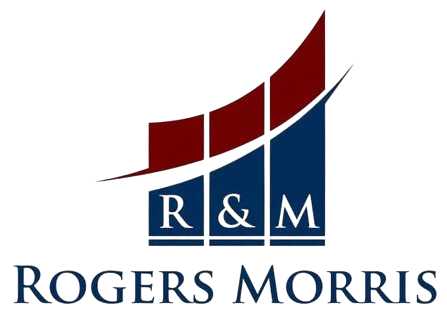After reading my school reports my dad usually just said, “My son, there is room for improvement, lots of room for improvement!”. He was quite right, there was. Now, if a suitably experienced independent party reviewed your business, would that party see room for improvement or lots of room for improvement?
You may think such a party may find some room for improvement but not “lots of room for improvement”. This raises the questions – Is that correct and on what basis did you reach that conclusion?
In the case of school reports, results can be compared against those of the class, the grade and the State. That luxury of comparison does not however apply to business owners. You can’t compare your business’ results against your business’ privately owned competitors or with those in other industries, and comparing against large, listed companies has questionable merit. They invariably have very different costs of capital, far greater access to capital, and probably a different business model. They could, for example, regard their products as commodities competing on price, whereas your business might offer far more customer care at a higher price. They might be targeting a broad market, whereas your business may be targeting only a subsection of that market.
Given this lack of comparative data, how do you really know how well your business is performing and so whether there is just room for improvement or lots of room for improvement? Some consider the performance of their business on how it is tracking on opportunities identified for improvement. But is that realistic?
You may well be in a situation where you have recognised some opportunities for improvement, which you are either working on or on which have scheduled to start. But have you identified all opportunities for improvement or at least all major opportunities for improvement?
Donald Rumsfeld once succinctly referred to “known unknowns and unknown unknowns”. While he was referring to Iraq’s alleged stash of ‘weapons of mass destruction’, the same expression applies to businesses. There are problems and opportunities that you know about and so can attend to. But there are also likely to problems and opportunities you do not yet know about. As these could have a material effect on the business, in a good or bad way, it is important to ensure that these are identified early and are brought to your attention.
Many, probably most, business owners ignore what they don’t know, making little (if any) effort to seek further opportunities for improvement. This is a lost opportunity, one that could be significant and even existential. If alerted early to a market opportunity, you can take early action to give your business an advantage over its competitors. On the other hand, if you were alerted early to a major threat to the business, you can take early action to minimize the potential adverse effect it could have on your business. Similarly, if alerted to a developing problem within your business, you can deal with it early before it manifests into a much bigger problem.
An example of new management reversing communication flow: Two years after the 1973 Arab oil embargo, Toyo Kogyo, the maker of Mazda vehicles, was perilously close to insolvency. Its new car sales in Japan dropped by over 20% while its sales to the USA, a much larger market for it, dropped by a massive 60%, at a time when industry wages increased by 30%. By 1980 debt had been considerably reduced, cash flows improved, sales revenues more than doubled, production per employee increased by 126%, and profits more than doubled the pre-oil embargo levels. While there were numerous factors that contributed to this improvement, it is generally considered that one of, if not the biggest, contributor to the turnaround was new management’s decision to effectively reverse the direction of the communication flow. Rather than the top-down communication that had been the case for decades, new management encouraged the employees to tell management how to improve the business. In 1979 employees submitted 600,000 suggestions, with about 60% adopted. In 1982, 1.8 million suggestions were submitted, some 65 per employee, with a similar proportion adopted. (For more information on this see: ‘The Mazda Turnaround’ by Richard Pascale and Thomas P. Rohlen – https://olemiss.edu/courses/inst203/pascalerohlen83.pdf)
Finding opportunities that you do not yet know about, is however easier said than done. It may require changes to the management style of your business, to your businesses’ culture, to leadership’s relationship with other employees, to meeting agendas, and more.
R&M can help business owners deal with and prioritize opportunities for improvement and can help business owners identify opportunities they do not yet know about. Both can be challenging. It is nevertheless important, some would say it is crucial, for business owners to implement strategies that give it the best chance for early identification of opportunities.
R&M’s Advisory webpage – https://www.rogersmorris.com.au/program provides information on what it offers, why and how it goes about its business. An email address is provided for those who would like to explore what R&M can do for them.





